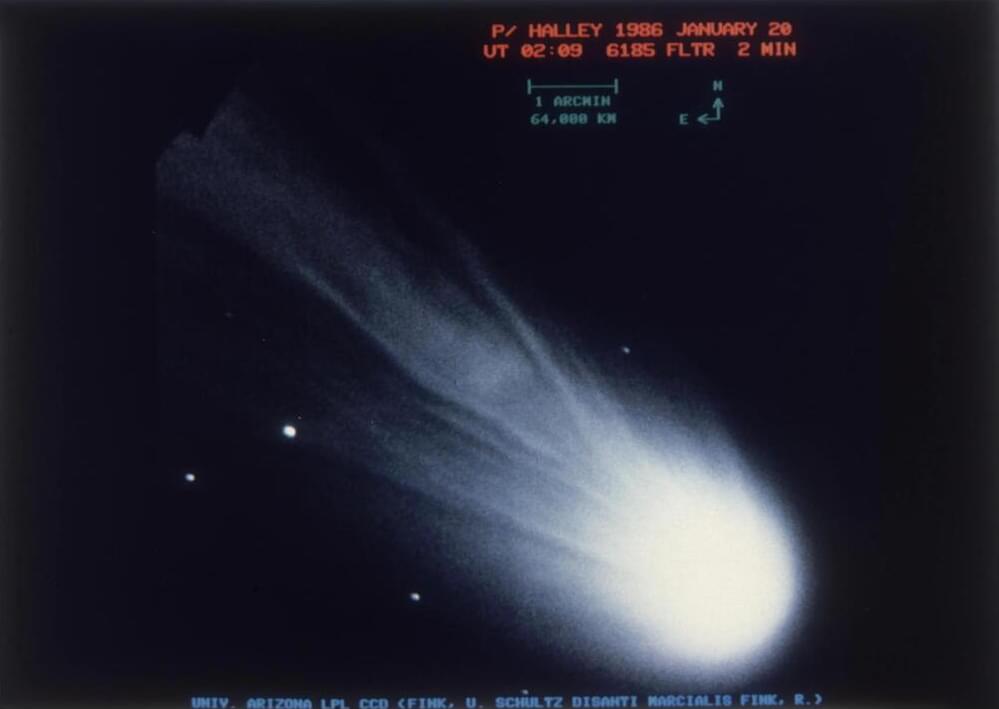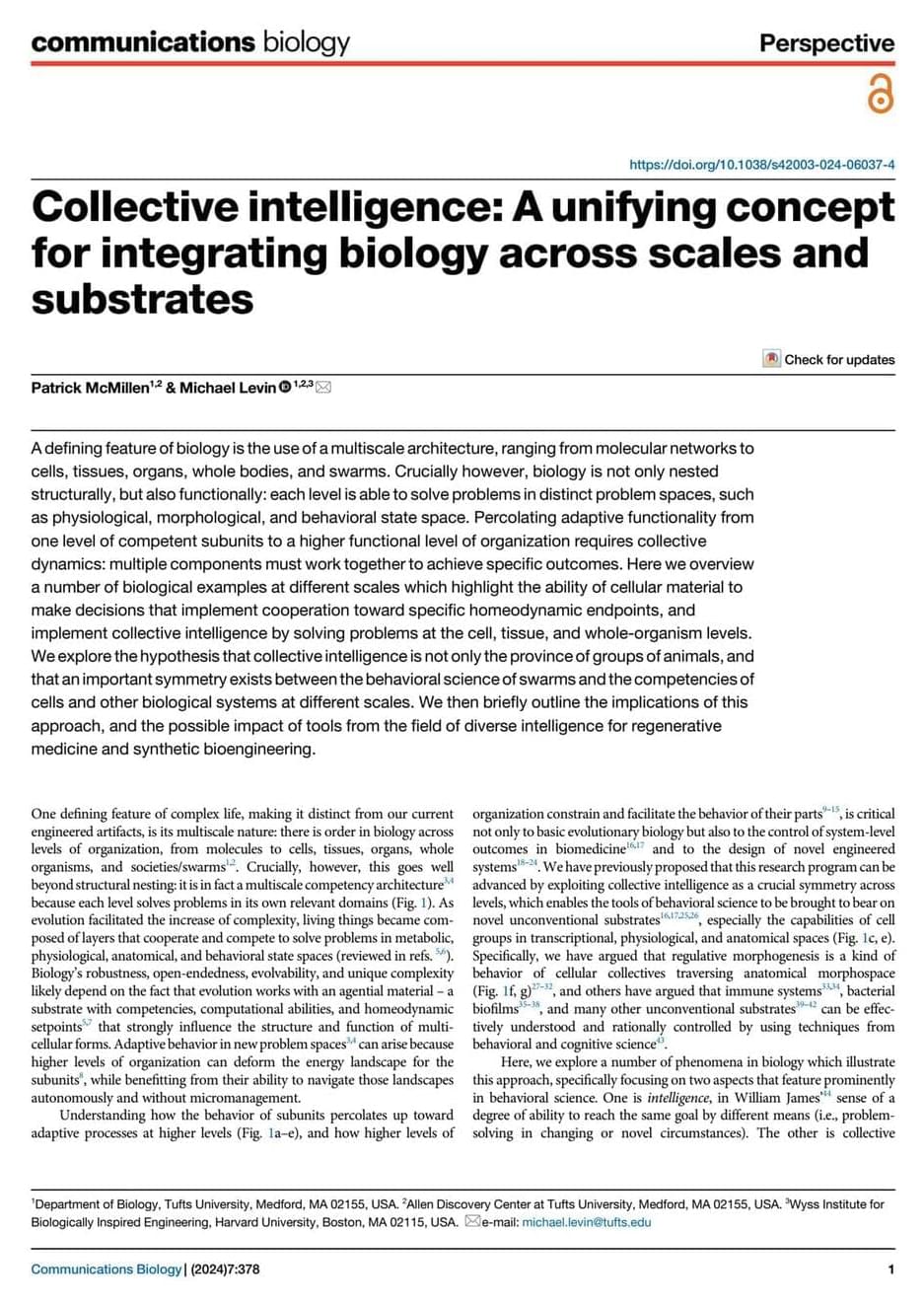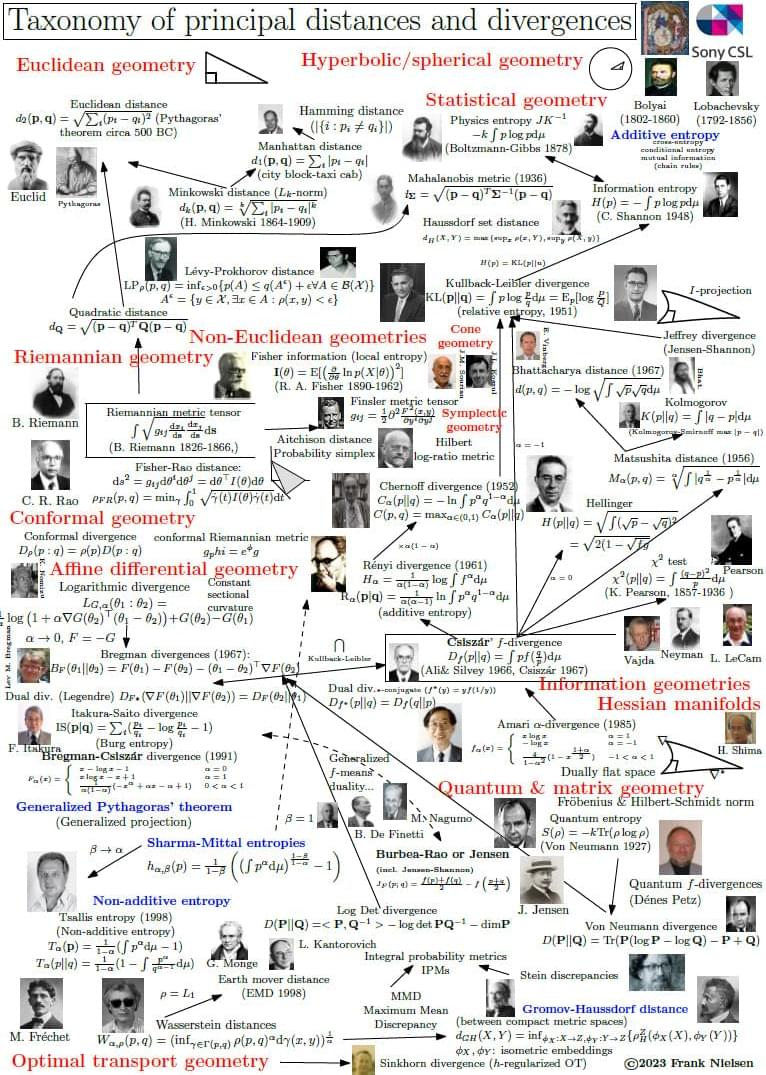Physicist Sean Carroll on entropy, complexity, and the origins of life:
6 min.
—
with.


What’s the rarest celestial event you have ever seen? With a total solar eclipse in very recent history for the U.S, is possible that you have already had a once in a lifetime experience where you live. However, the night sky has some spectacular sites, some of which will never happen again in your lifetime, but some that will—and some of them soon.
Here are some of the rarest events you can expect to see in the next four decades.


A groundbreaking study, led by Dr. Mark Wong of The University of Western Australia, has provided the first global picture of insect activity patterns across the fundamental day–night cycle.
“Through our extensive research, we’ve finally been able to provide a definitive answer to the age-old question of whether there are more insects out at night than during the day,” said Dr. Wong. “Our global analysis not only shows that insect activity rises by a third (31.4%) during the night on average, but crucially reveals key ecological factors driving patterns in insect activity across the Earth.”
The activity patterns of insects across the day–night cycle are a surprisingly understudied area in ecology, as such patterns cannot be detected by common methods used for sampling insects. For example, sweep netting captures inactive insects, while light traps do not work as well during the day as they do during the night.

Meta presents AdvPrompter Fast Adaptive Adversarial Prompting for LLMs.
Meta presents AdvPrompter.
Fast Adaptive Adversarial Prompting for LLMs https://huggingface.co/papers/2404.
While recently Large Language Models (LLMs) have achieved remarkable successes, they are vulnerable to certain jailbreaking attacks that lead to generation of inappropriate or harmful…
Join the discussion on this paper page.


Taxonomy of principal distances and divergences v/ Frank Nielsen.
We define duo Bregman divergences, duo Fenchel-Young divergences, duo Jensen divergences. We show how those divergences occur naturally when calculating the Kullback-Leibler divergence and skew Bhattacharyya distances between densities belonging to nested exponential families. We report the KLD between truncated normal distributions as a duo Bregman divergence. Demo code:

Kurt Gödel was born #OTD 1906.
Today marks Kurt Gödel’s one hundred and eleventh birthday. Along with Aristotle, Gödel is often considered the greatest logician in history. But I believe his influence goes much farther. In an age when both science and politics seem to be riddled with an incessant search for “truth” — often truth that aligns with one’s preconceived social or political opinions — Gödel’s work is a useful antidote and a powerful reminder against the illusion of certainty.

It turns out that such cannibalism cannot explain the missing pulsar problem, according to Caizzo. “We found that in our current model PBHs are not able to disrupt these objects but this is only considering our simplified model of 2 body interactions,” he said. It doesn’t rule out the existence of PHBs, only that in specific instances, such capture isn’t happening.
So, what’s left to examine? If there are PHBs in the cores and they’re merging, no one’s seen them yet. But, the center of the Galaxy is a busy place. A lot of bodies crowd the central parsecs. You have to calculate the effects of all those objects interacting in such a small space. That “many-body dynamics” problem has to account for other interactions, as well as the dynamics and capture of PBHs.
Astronomers looking to use PBH-neutron star mergers to explain the lack of pulsar observations in the core of the Galaxy will need to better understand both the proposed observations and the larger populations of pulsars. The team suggests that future observations of old neutron stars close to Sgr A could be very useful. They’d help set stronger limits on the number of PBHs in the core. In addition, it would be useful to get an idea of the masses of these PBHs, since those on the lower end (asteroid-mass types) could interact very differently.
